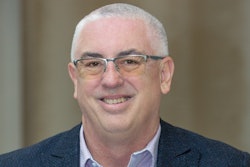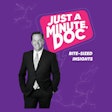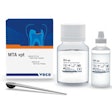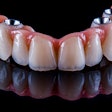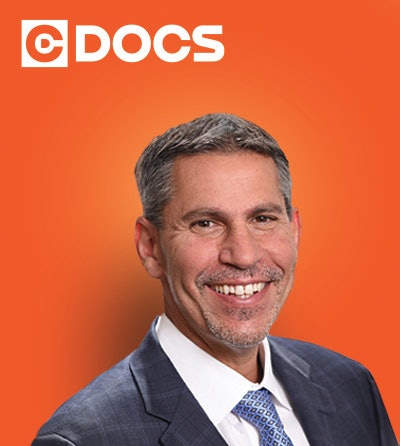
For clinicians restoring anterior implants, finding an ideal temporary solution can be challenging. Traditional options like flippers, Essix retainers, or stay plates often disappoint patients with compromised aesthetics, stability, comfort, and burdensome oral hygiene maintenance.
What if there were a way to provide your patients with a permanent-looking bonded provisional that looks, feels, and functions just like the final prosthetic?
In the latest "Weekly Bytes" video from Dr. Dan Butterman, discover an innovative technique for anterior implant temporization: the one-wing Maryland bridge. This approach leverages your CEREC or other CAD/CAM technology to design and mill a natural-looking pontic with a single retainer wing on an adjacent tooth.
The benefits don't end at aesthetics. Dr. Butterman's one-wing Maryland bridge solution optimizes healing by preventing excess pressure on the surgical site. It eliminates the need for removable, unstable temporaries that can compromise aesthetics, phonetics, and oral hygiene. Patients enjoy total stability, confidence, and maintenance ease from the first appointment.
Whether you're already placing implants or looking to expand into this lucrative area, having the right temporization approach is critical. Don't let ill-fitting, unsightly temps deter your patients from moving forward with treatment.
If you're ready to wow your patients with an exceptional anterior implant experience from Day 1, click above to watch this insightful video. You'll learn the simple digital design steps and clinical workflow for creating one-wing Maryland bridges with efficiency and precision.
Visit CDOCS to learn more, and learn more about CDOCS' hands-on workshops.






